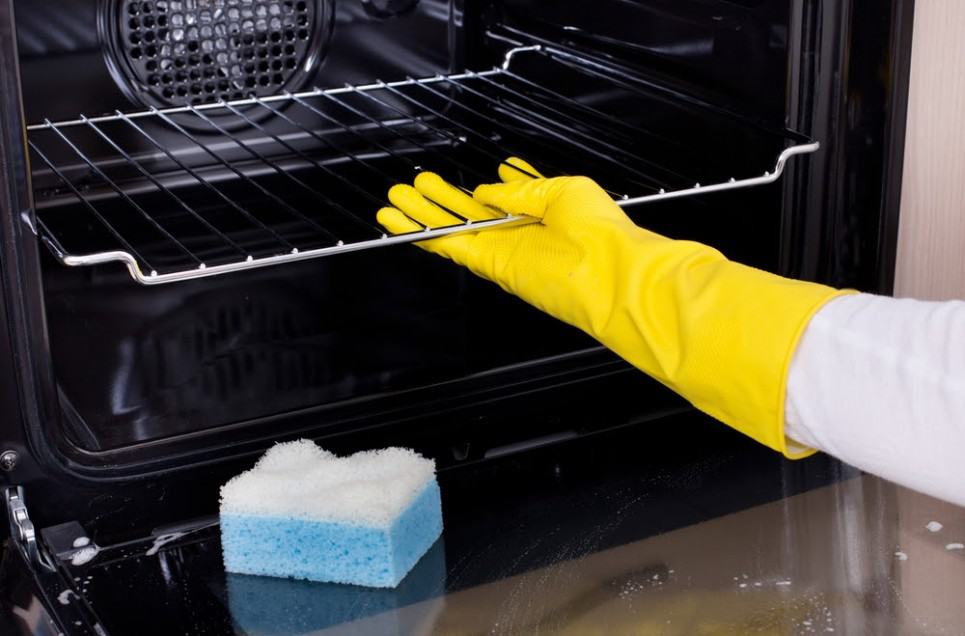Cleaning an oven is one of the household chores that people tend to put off until there is so much burnt food on the bottom that the cleaning process seems impossible. While there are tricks that people discuss, such as placing a piece of aluminum foil at the bottom of the oven for easy clean-up, this can cause problems down the road. In fact, tin foil can get trap heat or send shocks and cause a fire. Therefore, it’s best to focus on cleaning your oven as often as possible, so you don’t have to deal with the stuck-on food.
Even if you are lucky enough to have a self-cleaning oven, there are still steps you need to take to insure your oven gets thoroughly clean. There is also the problem of cleaning the oven door, creases, and… did you just see splattered food between the glass of your oven door? How did that get there, and just how will you clean it? To find out the best way to clean an oven, because we all know it’s long overdue, continue reading.

Cleaning Your Oven Regularly Is Important
It is not something people want to often, mainly because it has the word “cleaning” in it, but making sure you are cleaning your oven on a regular basis is more important than you think – especially for your health. While only a little cheese might have boiled over to the bottom of the oven or a few drops of BBQ sauce splattered on the door, these bits of food residue carries disease if they are not taken care of quickly.
Furthermore, the more you cook food in your oven, the more the food residue cooks and burns. In fact, if you are not careful or a piece of food lands on the heating element, it can catch on fire. It is also possible that grease and food residue makes its way into little cracks in the oven that can cause it to stop working well.

















